Strong M7.4 solar flare erupts from AR 3615
A strong solar flare measuring M7.4 erupted from Active Region 3615 at 07:36 UTC on March 20, 2024. The event started at 07:23 and ended at 07:47 UTC.
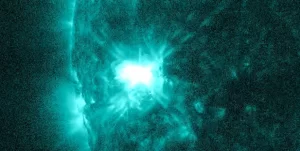
A strong solar flare measuring M7.4 erupted from Active Region 3615 at 07:36 UTC on March 20, 2024. The event started at 07:23 and ended at 07:47 UTC.

A strong solar flare measuring M6.7 erupted from a new region emerging on the SE limb (AR 3615) at 19:19 UTC on March 18, 2024. The event started at 19:02 UTC and ended at 19:28 UTC.
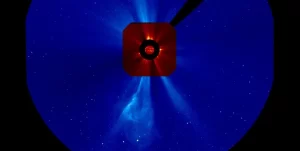
A filament channel eruption, approximately 35 degrees in length, began at around 01:00 UTC on March 17, 2024, producing two coronal mass ejections (CMEs).
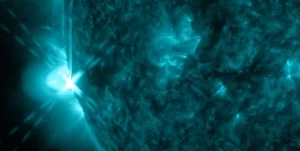
A moderately strong solar flare registered as M3.5 erupted from the southeast limb of the Sun at 16:35 UTC on March 16, 2024. The event started at 16:22 and ended at 16:44 UTC. This flare was partially eclipsed by the edge of the Sun, which means it was much stronger than M3.5.
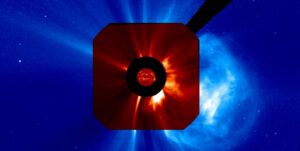
Although solar activity was at low levels over the past 24 hours, multiple long-duration C-class solar flares, associated with activity from Region 3599 as it rotated beyond the west limb, produced coronal mass ejections (CMEs) that sent proton flux rising to S1 – Minor levels.
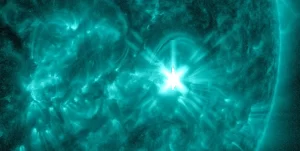
A strong solar flare measuring M7.4 erupted from Active Region 3599 (beta-gamma-gamma) at 12:13 UTC on March 10, 2024. The event started at 12:00 UTC and ended at 12:20.

A coronal mass ejection (CME) that hit Earth on March 3, 2024, sparked G2 – Moderate geomagnetic storming with widespread Stable Auroral Red (SAR) arcs over the Baltics and Russia.
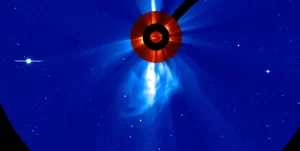
A solar filament eruption centered near S35E50 took place around 20:00 UTC on March 5, 2024, producing a large coronal mass ejection (CME) which is expected to slightly graze Earth late March 8. G1 – Minor geomagnetic storms are possible on March 9 due to the combined effects of a negative polarity CH HSS and this CME.
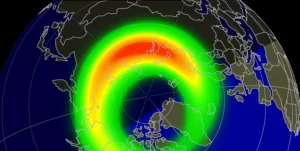
A coronal mass ejection (CME) produced by C5.1 solar flare on February 28, 2024, impacted Earth at approximately 08:45 UTC on March 3, producing G2 – Moderate geomagnetic storming.
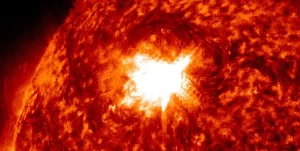
A major X6.3 solar flare erupted from Active Region 3590 at 22:34 UTC on February 22, 2024. The event started at 22:08 UTC and ended at 22:43.